Autocorrelation Phase Portrait
(unfinished document)
Randall D. Peters1 & Michael Russell2
1Physics Department, College of Liberal Arts,
Mercer University, Macon, GA
2 Physiology Department, GHSU-UGA Medical Partnership, Athens,
Georgia
Contact: peters_rd@mercer.edu
Copyright December 2012
Abstract
As a tool for the analysis of dynamical systems, the classical phase space
portrait first used by Willard Gibbs is widely employed. The autocorrelation
of a time signal is also well known. Our article describes a synergetic
exploitation of the pair, in which properties of the autocorrelation are
used to advantage for the study of quasiperiodic time domain signals.
Background
We have been attempting to assess the viability of seismocardiographic (SCG)
records for the diagnosis of heart abnormalities. A variety of the many known
human body complexities have made our task challenging. Among the various
analytic methods we have considered are some of the now-common tools for
the treatment of chaotic systems, starting first with mechanical systems,
but more recently applied to studies of the human heart [2]. Although some
of these methods looked initially attractive, they have proven less than
satisfactory. Living systems do not adhere to the `deterministic' basis of
chaos theory. In other words, it appears there will never be a well-defined,
reasonably simple, non-linear differential equation to describe the mechanics
of a living heart.
Among other complications, a beating heart is significantly influenced by
its environment. For example, in general there are measurable differences
between male and female subjects that derive from differences in the size
and shape of the chest. An ideal SCG `sensor' would be one that could match
the performance capabilities of the human ear-such as immediately being able
to distinguish between a piano and a violin playing the same note.
What makes the `timbre' of a heart generated signal especially difficult
to classify is its quasi-periodicity, meaning that the `drive' is not essentially
monochromatic, as with the classic systems of chaotic type. This makes the
phase space trajectories even more `cluttered than usual'; and Poincare
`sectioning' to reveal precise values of fractal geometry is not straightforward,
if even possible.
Phase Space Trajectory
One convenient property of the phase space trajectory is the manner in which
dynamical features of a system are revealed naturally in a bounded space.
Two illustrative cases are provided in Fig. 1.
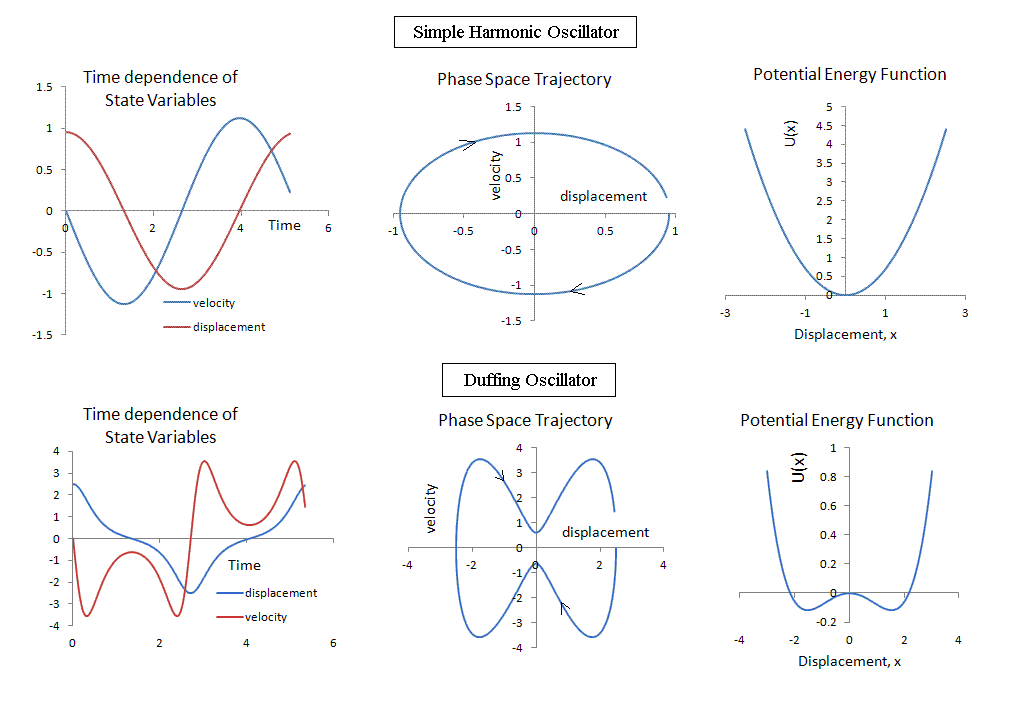
Figure 1. Examples of phase space differences between the undamped,
undriven simple harmonic oscillator (top middle plot) and the undamped, undriven
Duffing oscillator (bottom middle plot). The left-side time plots show in
each case only one nearly complete cycle of the monochromatic signal for
which there are no transients.
These phase space trajectories were generated by plotting velocity (the time
derivative of displacement) on the vertical axis versus the displacement
on the horizontal axis. In classical mechanics it is usually the momentum
that gets plotted (a 'conjugate' quantity that is the derivative of a generalized
coordinate and which in the simplest case is the product of mass and velocity).
The equation of motion relating the pair as a function of time is elegantly
solved by means of Hamilton's canonical equations. For a given case the state
variables with which Fig. 1 was generated were obtained by numerically
integrating a 2nd order differential equation of motion. The potential energy
function U(x), that is also shown, allows one to specify the force acting
on the mass. The net force is given by the negative derivative of U with
respect to the displacement x. This force is in turn used with Newton's 2nd
law to obtain the eqution of motion. For reason of processor errors it is
better in numerical calculations to work with two coupled first order equations
rather than to integrate the 2nd order equation twice.
Autocorrelation
For a sampled (digital) record of measurements the autocorrelation is defined
by

where N is the total number of measurements, k varies between 1 and N, and
Yi, ( i = 1, 2, ..., max of N ) are the measured values for which
their mean value is <Y>.
An example of the use of Eq.(1) to calculate an autocorrelation is provided
in Fig. 2.
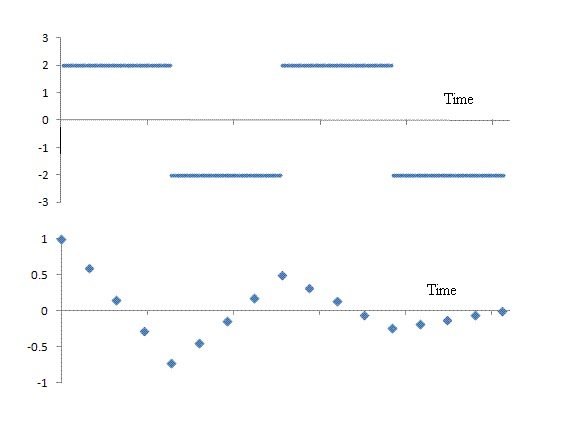
Figure 2. Autocorrelation (lower graph) calculated from a two-cycle
square wave of finite duration (upper graph) using Eq. (1). In contrast to
the 256 points that were used to simulate the square wave, only every fourth
point of the autocorrelation's full set were calculated for the plot that
is shown. Had all 256 values been computed, a near continuous 'decaying sawtooth
wave' would have resulted.
Rather than use the cumbersome Eq. (1), the autocorrelation is more easily
and quickly calculated by means of the fast Fourier transform (FFT), by taking
advantages of the Wiener Khinchin theorem. As noted elsewhere [1], care must
be taken with the use of this method to account for the influence of causality
(influence of the finite duration of the signal treated).
Fig. 3 shows (left graph) that a proper use of the FFT to calculate the
autocorrelation (blue curve) gives the same result as Eq. (1) (now red dots
that were the blue dots of Fig. 2). Also shown on the right is the result
of calculating the (cyclic) autocorrelation that does not agree with Eq.(1).
Details concerning these calculations are provided in reference [1].

Figure 3. Demonstration (left) of the equivalence of Eq.(1) and the
use of the FFT with the Wiener Khinchin theorem to calculate the "proper"
autocorrelation. The cyclic calculation that gave the right graph does not
agree with the defining relationship for the autocorrelation.
One attractive property of the autocorrelation as a basis for trajectory
portraits, involves its secular decrease with time t. For a record whose
total duration is T, the autocorrelation takes on the value of unity at t
= 0 and decreases to zero at t = T. This property is illustrated for the
classical oscillators of Fig. 1 by the plots of Figure 4.
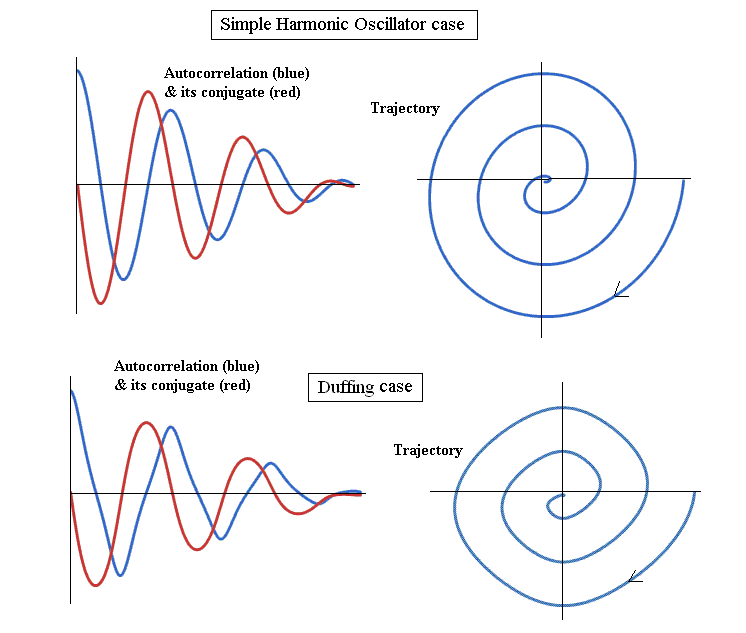
Figure 4. Autocorrelations (left) and trajectories generated using
them (right) for the oscillators of Fig. 1. These trajectories (later referred
to as portraits) were generated by means of the 'integral' form that is discussed
below.
Conjugate Variable Choice
The classical phase space trajectory uses the time 'derivative' of the waveform
of a'signal' as the 'conjugate' with which its portrait is generated. A useful
alternative conjugate is the 'integral' of the 'signal'. Illustrations of
both portrait types are provided in Fig. 5, where the so-called 'signal'
in the top half of the figure is the autocorrelation represented by the lower
graph of Fig. 2.
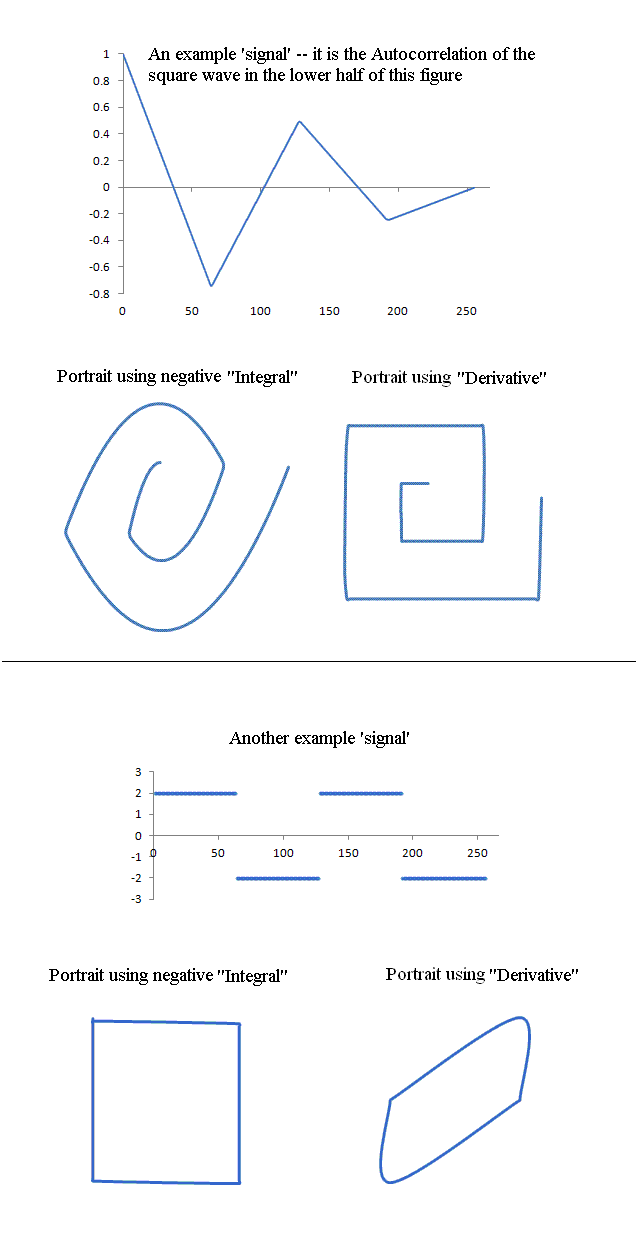
Figure 5. Illustration of various portrait characteristics for different
combinations of 'signal'-plus-conjugate.
It should be noted that the 'derivative' and 'integral' with which the portraits
are generated is in each case a coarse approximation of numerical processing
type. It is computed as follows. Let the column vector representing the 'signal'
be designated by si where i = 1, 2, ..., N. In figures 2, 4 and
5 above, N = 256. The choice of 256 = 28 is consistent with the
constraint required of a 'proper'set (as an integer power of 2) for calculations
of the Fast Fourier Transform [3]. Two different phase portraits of the type
being presently discussed are possible. The 'derivative' of s is the column
vector di that is initialized by d1 = 0
and for i > 1 is given by di =
si+1 - si. For example, such was used
to generate the lowest right portrait of Fig. 5. It was plotted with the
default settings in Excel, whereby it is unnecessary that the user be concerned
with particulars of scale factors. The same auto-scaling is available when
the portraits are generated by means of Mathematica.
Influence of Noise
The influence of signal noise on the portrait is significantly reduced by
working with the negative integral of the signal as the conjugate with which
the portrait is generated. The negative rather than positive integral is
chosen so as to yield for the portrait the same direction of circulation
as with the derivative case, Thus if we initialize its column vector with
a zero as before, then for i > 1 the negative 'integral' is calculated
using Ii+1 =
Ii - si+1. As compared to the derivative
form, The integral form is dramatically impervious to random noise present
with the signal, as demonstrated by comparison of the pair of lower portraits
of Fig. 6.
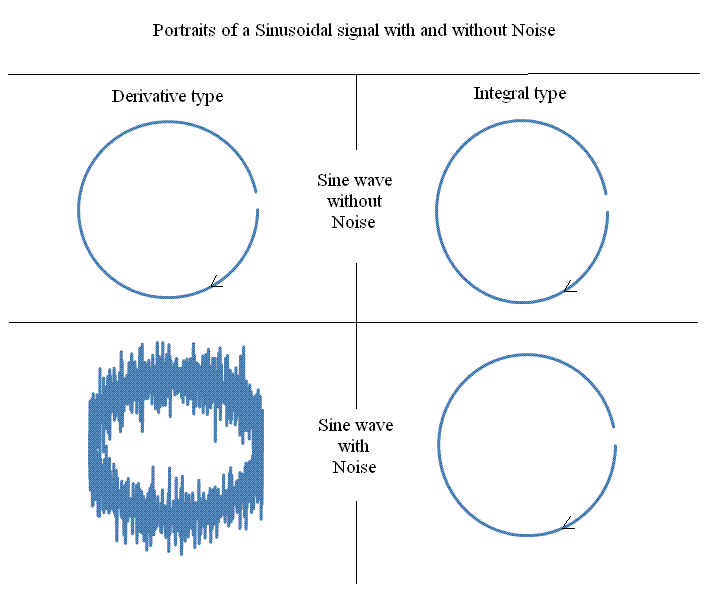
Figure 6. Simulated portraits showing the large influence of random
noise on the derivative form of a phase portrait. The rms noise level was
for both cases the same tenth of one percent of the sine amplitude.
Influence of Variable Drive Period
The autocorrelation phase portrait is especially useful for the analysis
of signals having a variable rate. An example is provided in Fig. 7, which
has similarities to the structure of the r-wave components of the
electrocardiogram of a healthy subject.
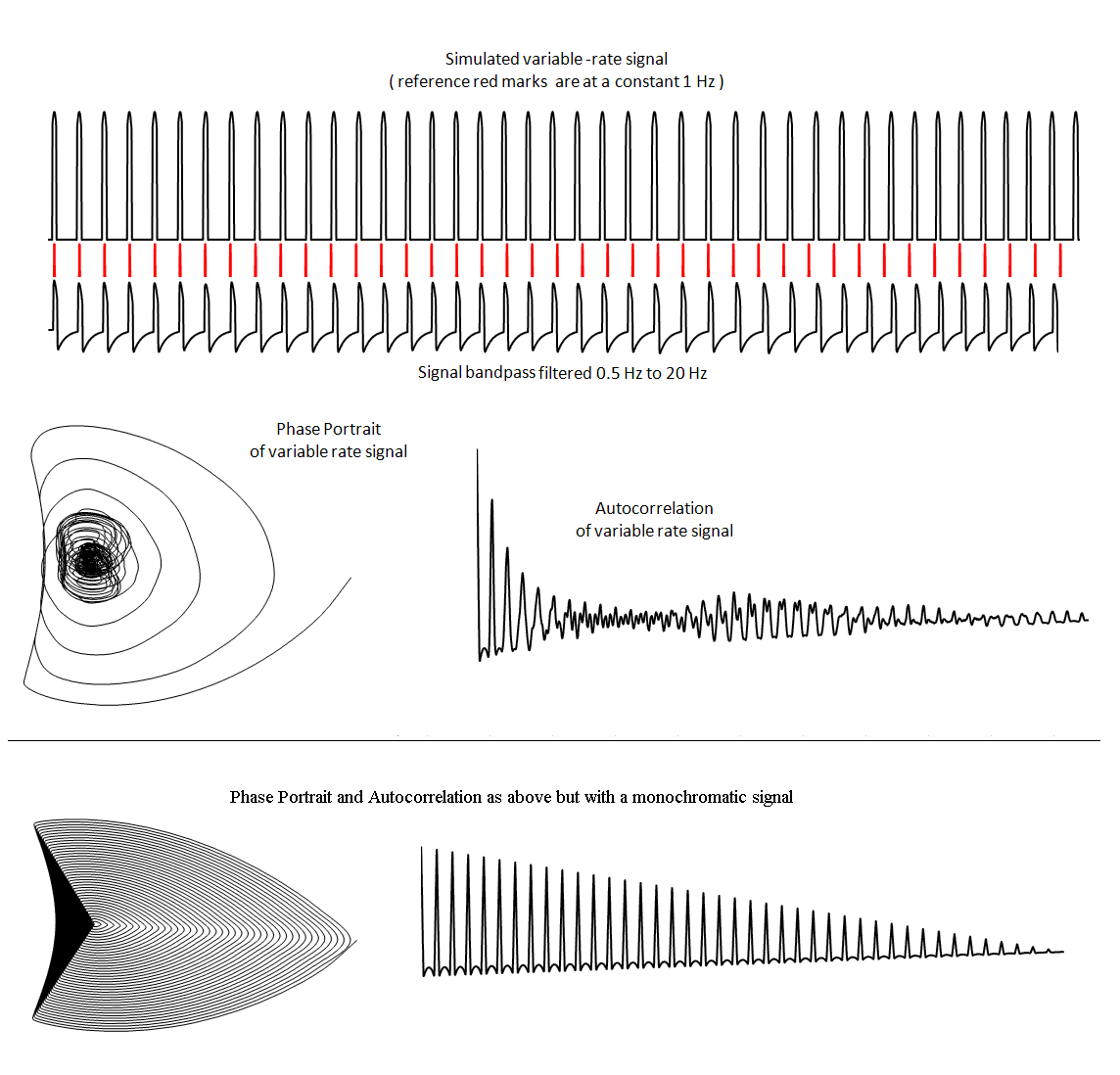
Figure 7. Simulation example of the influence (top) of variable rate
on the phase portrait of a signal with varying period between pulses. For
comparison, the fixed-period (monochromatic) corresponding case is also shown
(bottom).
EKG case
The influence on phase portraits of variable rate of the normal heartbeat
is illustrated in Fig. 8.
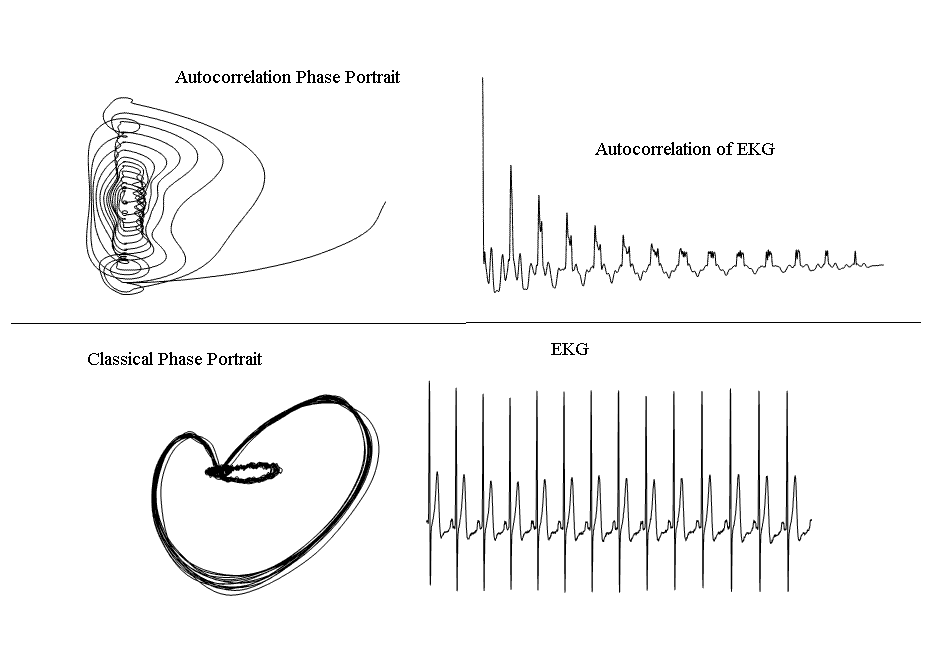
Figure 8. Comparison of the autocorrelation phase portrait (top) with
the classical phase space trajectory (bottom).
Rate variability is revealed in the upper phase portrait through localized
trace 'darkening' because of influence (in general) from the presenceof
minima/maxima in the decay of the autocorrelation. By contrast the same
variability is not readily obvious in the lower classical trajectory.
Conclusions
The novel tool described in this article, called the autocorrelaton phase
portrait, derives from the physics concept called Phase Space. The conventional
phase space trajectory is generated from the state variables of displacement
and velocity (derivative of displacement). A portrait generated by the present
method is a two-dimensional graphical figure with some similarity to those
of classical type. It does not, however, derive directly from the displacement,
but rather from the autocorrelation of the displacement. It has a resulting
secular decline toward a 'zero' (or center) point. With some systems of
complexity type, this feature allows a greater visual insight into dynamical
properties of the system that are 'mapped' thereby.
Acknowledgment
This work was supported by the National Institutes of Health Grant titled
``Three dimensional cardiac accelerometry for low-cost, non-invasive cardiac
monitoring'', awarded 06/14/2010.
References
[1] R. D. Peters, ``Autocorrelation and Causality (subtleties of the FFT)'',
online at http://physics.mercer.edu/hpage/autocorrelation/subtlety.pdf
[2] Gari D. Clifford, ``ECG Statistics, Noise, Artifacts and Missing Data'',
Ch. 3 of Advanced Methods and Tools for ECG Data Analysis, Editors
G. Clifford, F. Azuaje, & P. McSharry, Engineering in Medicine &
Biology Series (2006).
[3] R. Peters, ``Graphical explanation for the speed of the Fast Fourier
Transform'', online at arxiv.org/html/math.HO/0302212
File translated from TEX by
TTH,
version 1.95.
On 18 Dec 2012, 08:26.








